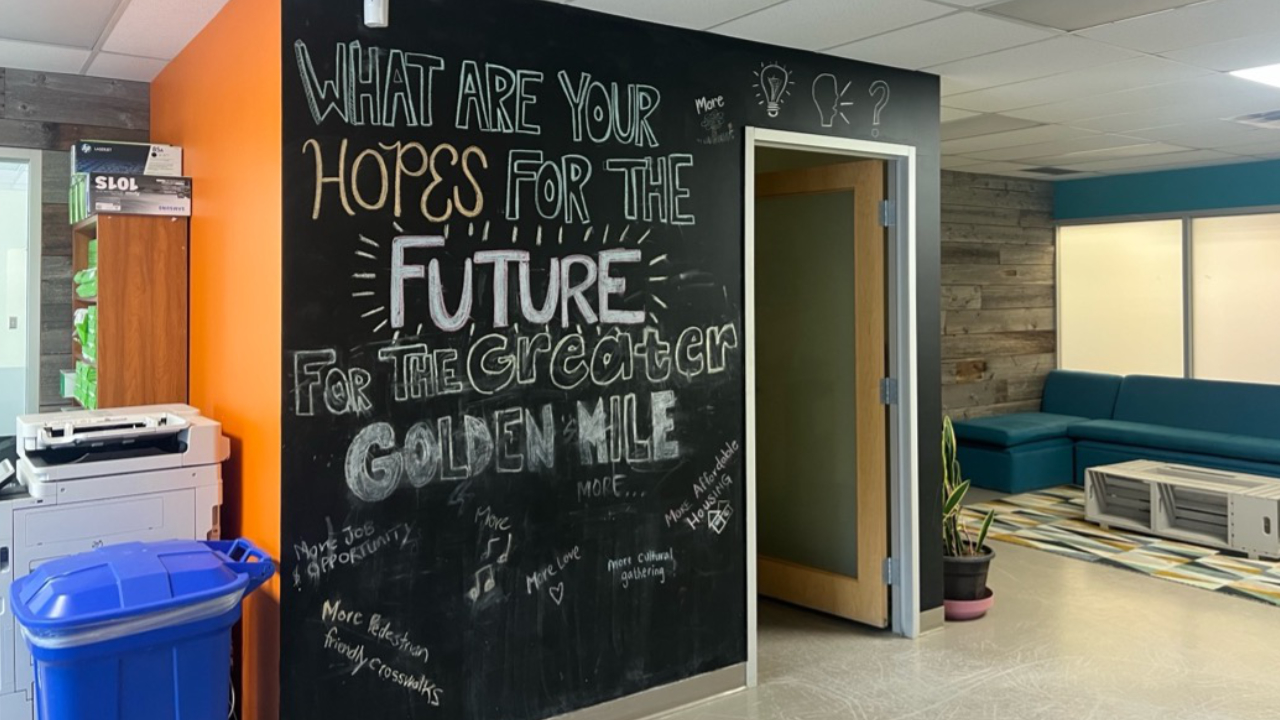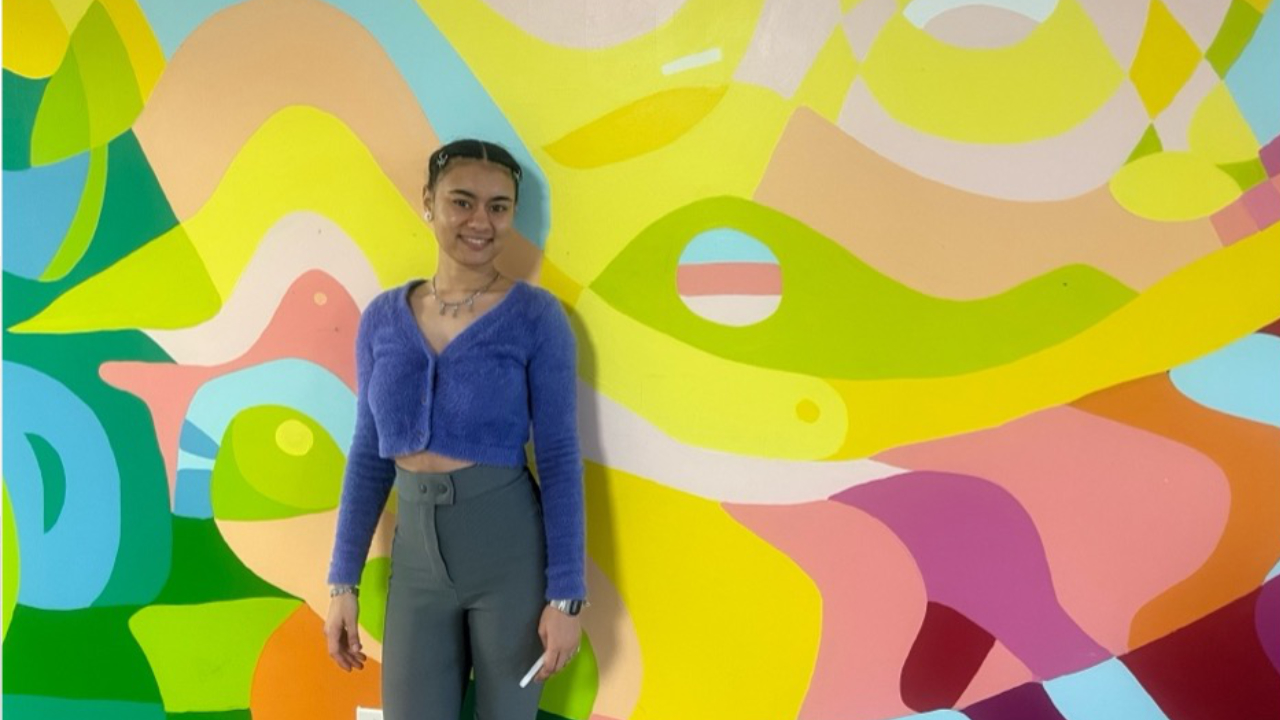
Here’s what that looks like, and why these hubs are so vital to community engagement and support
United Way has been involved in Hubs throughout Greater Toronto since 2008, providing a one-stop-shop system where clients have access to a range of services, like food banks, community kitchens, computer rooms, and engagement opportunities such as knitting, and painting.
“We’re creating service resources in service deserts,” said Vanda Henriques, Executive Director at the Victoria Park Hub. “This is a way of bringing in and extending services that are actually largely based elsewhere and locating them here.”
Tucked in the corner of Victoria Park and Eglinton Avenue East is the Working Women’s Community Centre, a United Way-funded community project. This Hub has created a multipurpose space for anyone stopping by. Entrepreneurs in the community have access to Wi-Fi, hot desks, Chromebooks. Partnering with programs such as the Eastern Baptists Church, the Hub has addressed a gap of youth programming services through tutoring support. Working Women has hosted self-care days for those involved in the migrant crisis, providing laundry services, and calming activities. The Hub has also provided cooking opportunities, with classes held in the community kitchen, and food handler training through their partnership with Public Health.

“When anybody arrived at the Hub, they could be seen by a number of different service points,” Henriques says.
To best tailor their services and programs to folks in the area, Soha Mohammed, the Hub’s support assistant, says they depend on community outreach.
“What we have here with Working Women is that we work very closely with residents,” she says. “We did tons of engagement to sort of engage people who either live in the Golden Mile area or use the amenities around what is it that they want to see as the place is developing.”
As United Way moves forward with new Hubs, locations have been strategically chosen to accommodate demand and population. United Way’s Director of Community Real Estate, Stefphon Nibbs, says they have equally considered proximity to transit, and general accommodation. The initiative to create new Hubs considers communities in which United Way’s improvements can have an impact on where it is needed.
“We look pretty deeply into what services folks have access to and also what’s lacking based on data and information from local census, and also agencies and operators in a specific community,” Nibbs says. “As we understand what the needs are of the community, we start to tailor what’s provided in that Hub to suit that specific community.”
At the Victoria Park Hub, Mohamed highlights the need to have a diverse group of partners to ensure clients and community members are well represented at the Hub.
“This area is a very mixed population,” Mohamed says about the Golden Mile. “Whether it’s racially, or age group, we have tons of seniors in the area, youth as well, moms, newcomers, we have a large black population.”
To best serve this diverse group of people living in the area, Mohamed says they work with existing networks and powerhouses in the community who can best speak for the needs of folks in the area.
One client from the Hub has been spending time with Working Women to support and grow her business.
Taliyah is the creative director of Taliyah Legacy Couture (TLC), crafting handmade, personalized, and meaningful jewelry, as well as patches and charms for clothing accessories.

She was a participant in United Way’s ILEO Storefront Starter program, and has been supported by Working Women, recently using their space to host an event advertising her products.
“We were not making sales, but I felt like we still have to show up for ourselves and just put on the show for ourselves,” she says. “We don’t know who we’re going to meet, we don’t know what we’re going to learn.”
Taliyah has shaped TLC to be a community initiative, taking 20 per cent of her profits to tree planting, and involving folks in the neighbourhood to engage in her events. The young entrepreneur says the workers and the initiatives at the Hub have inspired this model of work.
“That’s why I put my business towards social engagement as well, because when you have a community of support, it helps when you don’t have that support elsewhere.”
While Peel, Toronto, and York region will break ground on 10 new Hubs over the next 10 years, current Hubs are also getting a makeover. These spaces are going to benefit from further programming, and digital platforms, where information on the Hubs can be found online.
Going forward, the Victoria Park Hub, and the many to come after it, are working towards creating sustainable programs, that will be effective for clients both now and in the future.
Through community ambassador models, and considerations on location and demand, United Way strives to make Hubs a useful community resource any way we can.

This story was produced as part of a partnership between Centennial College journalism students and United Way Greater Toronto.
